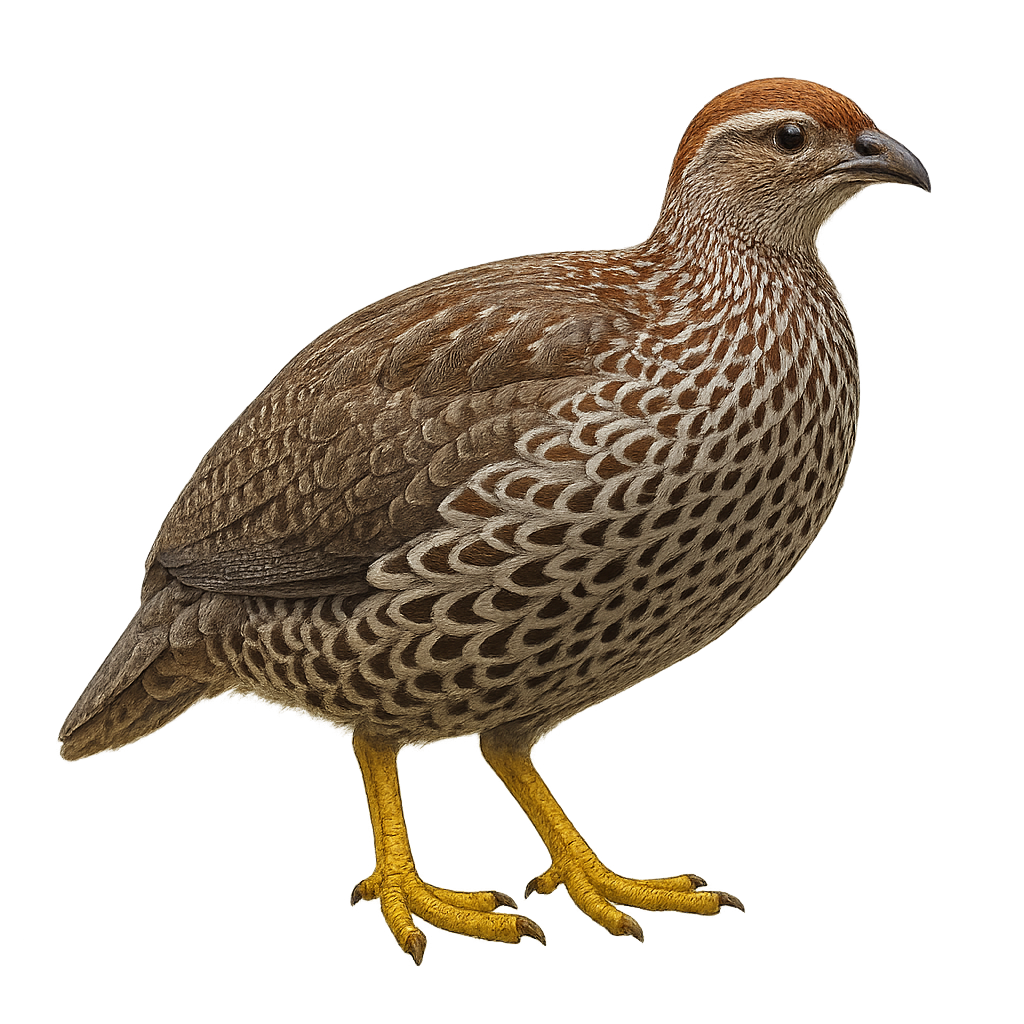Your wildlife photography guide.
Explore the nahan's francolin in detail, study its behavior, prepare your shots.
Where to observe and photograph the nahan's francolin in the wild
Learn where and when to spot the nahan's francolin in the wild, how to identify the species based on distinctive features, and what natural environments it inhabits. The WildlifePhotographer app offers tailored photography tips that reflect the nahan's francolin’s behavior, helping you capture better wildlife images. Explore the full species profile for key information including description, habitat, active periods, and approach techniques.
Nahan's Francolin
Scientific name: Francolinus nahani

IUCN Status: Vulnerable
Family: PHASIANIDAE
Group: Birds
Sensitivity to human approach: Suspicious
Minimum approach distance: 10 m
Courtship display: March to May
Incubation: 18-20 jours
Hatchings: March to June
Habitat:
tropical forests, dense undergrowth
Activity period :
Primarily active during the day, with peak activity in the morning and late afternoon.
Identification and description:
The Nahan's Francolin, or Francolinus nahani, is a shy and elusive bird native to the dense tropical forests of Central Africa, particularly in the Democratic Republic of the Congo and Uganda. It is characterized by its speckled brown plumage, reddish head, and black bill. Preferring dense undergrowth, it feeds mainly on seeds, insects, and small invertebrates. Although its behavior is not well-documented, it is generally considered shy and difficult to spot. Its population is declining due to deforestation and hunting, making it vulnerable. Conservation efforts are essential to ensure its long-term survival.
Recommended lens:
400 mm – adjust based on distance, desired framing (portrait or habitat), and approach conditions.
Photography tips:
To photograph the Nahan's Francolin, it's essential to blend into the environment and remain patient. Use a telephoto lens of 400mm or more to capture sharp images from a distance. Focus on early morning hours when activity is at its peak. Stay silent and avoid sudden movements to prevent scaring it away. The natural morning light can provide interesting contrasts on its plumage.
The WildlifePhotographer App is coming soon!
Be the first to explore the best nature spots, track rutting seasons, log your observations, and observe more wildlife.
Already 1 439 wildlife lovers subscribed worldwide

